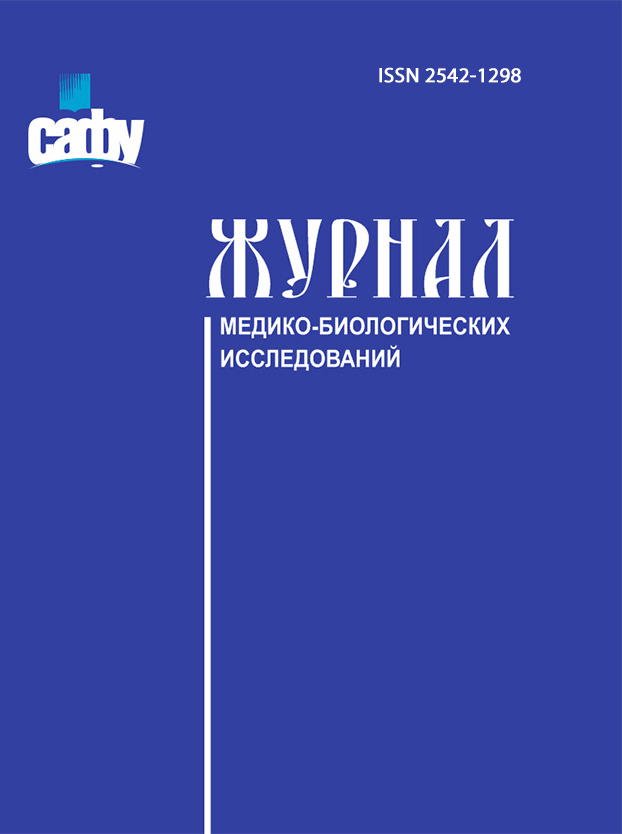
Vestnik of Northern (Arctic) Federal University.
Series "Humanitarian and Social Sciences"
ISSN 2227-6564 e-ISSN 2687-1505 DOI:10.37482/2687-1505
Legal and postal addresses of the founder and publisher: Northern (Arctic) Federal University named after M.V. Lomonosov, Naberezhnaya Severnoy Dviny, 17, Arkhangelsk, 163002, Russian Federation Editorial office address: Vestnik of Northern (Arctic) Federal University. Series "Humanitarian and Social Sciences", 56 ul. Uritskogo, Arkhangelsk
Phone: (8182) 21-61-20, ext. 18-20 ABOUT JOURNAL |
Section: History Download (pdf, 0.4MB )UDC94(47).084.8(470.11):631.115DOI10.37482/2687-1505-V400AuthorsVladimir P. MotrevichDr. Sci. (Hist.), Prof. at the Department of History of State and Law, Ural State Law University named after V.F. Yakovlev (address: ul. Komsomol’skaya 21, Yekaterinburg, 620066, Russia). Vladimir N. Mamyachenkov Dr. Sci. (Hist.), Prof. at the Department of Public Administration, Ural State University of Economics (address: ul. 8 Marta/Narodnoy Voli 62/45, Yekaterinburg, 620144, Russia). AbstractBased on the materials from the Russian State Archives of Economics, the article examines the condition of the material and technical resource base and the agricultural production on the state farms of the Arkhangelsk Region in 1946–1950. It is pointed out that the activity of state farms has never attracted much attention from researchers (unlike collective farms), which is why the historiography of this problem is very sparse. Until the 1960s, state farms did not constitute serious competition to collective farms and household plots in agricultural production. The paper provides dynamic data on the material and technical resource base of state farms, on the situation in agriculture and animal husbandry, delivery of agricultural products to the state, and role of state farms in agricultural production. The authors emphasize that during the Great Patriotic War, both the number of state farms themselves and their resource base decreased. In addition to the war, the region’s agriculture suffered heavy losses from extremely unfavourable weather events of 1946 and 1947. It is argued that the production and technical resource base of the state farms in the Arkhangelsk Region during the period under study was quite modest; nevertheless, the yield of grain and potatoes exceeded the nationwide numbers. When it comes to livestock farming, milk yield remained at a satisfactory level. The authors draw a conclusion that state farms played a rather insignificant role in the agricultural sector of the region.KeywordsArkhangelsk Region, first post-war years, state farms, material resource base of state farms, agricultural products, agriculture, crop yield, livestock farmingReferences
|
Make a Submission
INDEXED IN:
|
Продолжая просмотр сайта, я соглашаюсь с использованием файлов cookie владельцем сайта в соответствии с Политикой в отношении файлов cookie, в том числе на передачу данных, указанных в Политике, третьим лицам (статистическим службам сети Интернет).






